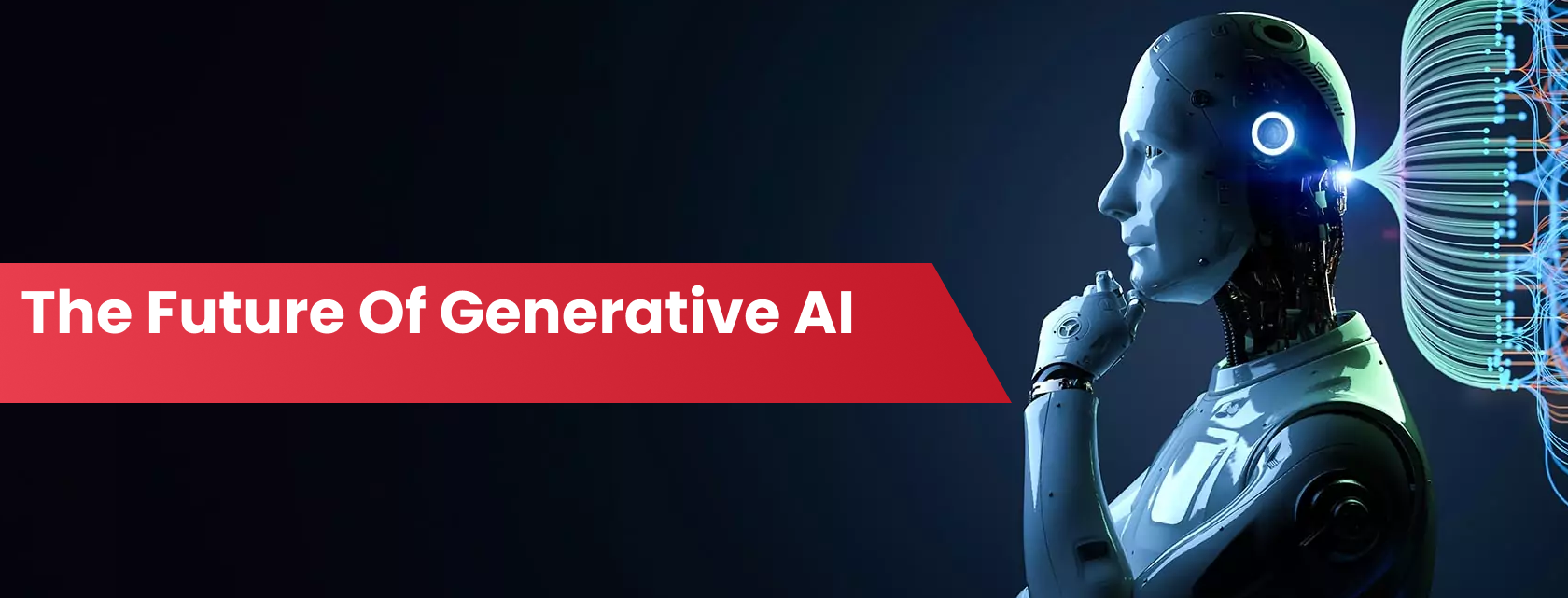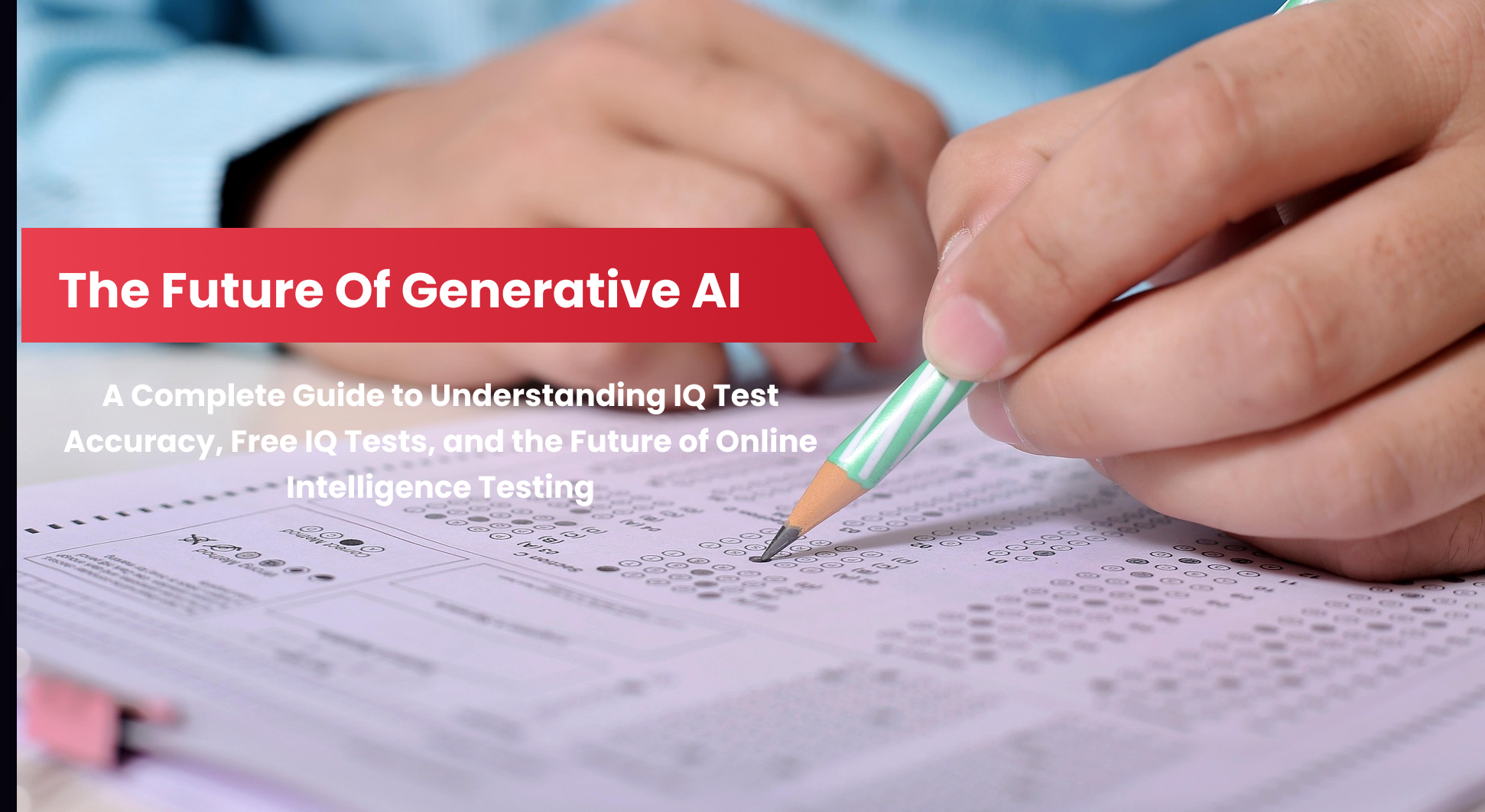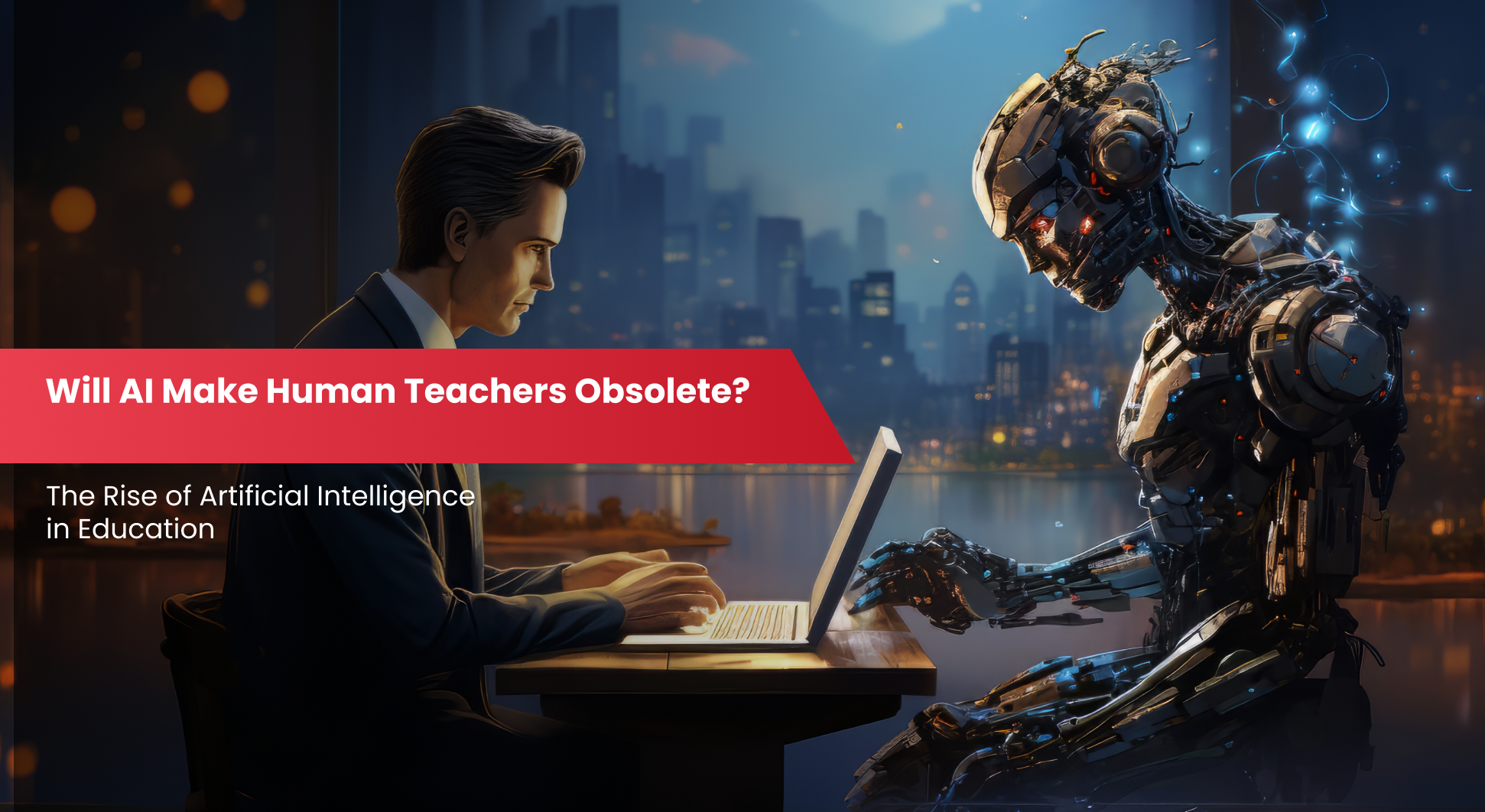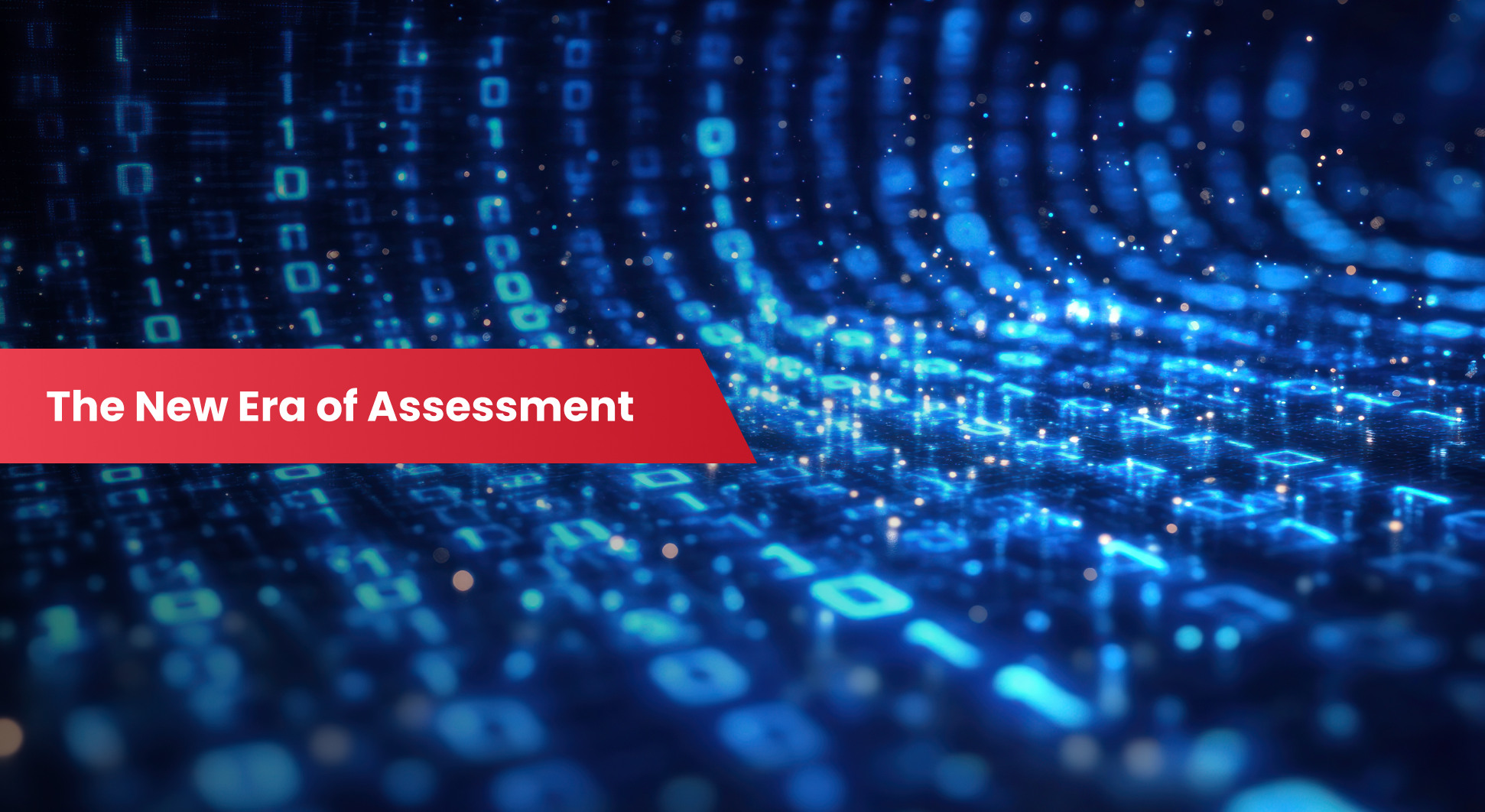Generative AI has rapidly evolved from a niche technology into a transformative force across industries. From content creation and art generation to education and healthcare, it’s redefining how humans interact with machines. But what does the future of generative AI look like and how will it shape the way we learn, teach, and assess knowledge?
In this article, we’ll explore where generative AI is heading, the ethical and technical challenges it faces, and how tools like AI graders, essay graders, and paper checkers are revolutionizing the educational landscape.
Key Takeaways - The Future of Generative AI
Generative AI is revolutionising industries from education and marketing to design and healthcare, driving faster innovation and automation.
Education will benefit the most with tools like AI graders, essay graders, and paper checkers enhancing how assignments are reviewed and feedback is delivered.
Personalized learning will become standard, as generative AI adapts lessons and assessments to each student’s needs and pace.
Human-AI collaboration will define success. AI supports teachers, writers, and creators by automating tasks, not replacing them.
Ethical and transparent AI systems are essential, ensuring fairness, data privacy, and accountability in education and beyond.
Generative AI empowers both teachers and learners, enabling real-time feedback through college essay graders and paper graders that refine writing and comprehension.
Automation will free up time for creativity and mentorship, allowing educators to focus on developing critical thinking and emotional intelligence.
AI-driven analytics will guide continuous improvement, helping institutions identify learning gaps and optimize curricula.
Generative AI will foster inclusivity and global access, bridging learning divides with multilingual support and adaptive content.
AI-Powered Learning Strategies Redefining the Future of Education –What You Will Learn
- How Generative AI Is Redefining Educational Content Creation.
- The Rise of AI Graders and Automated Assessment Tools.
- Using AI to Personalize Student Learning Paths.
- The Role of AI in Feedback and Evaluation.
- How Educators Can Curate AI-Generated Learning Content Responsibly.
- Leveraging AI Analytics to Understand Student Performance.
- The Integration of AI Graders into Learning Management Systems (LMS).
- Ethical and Transparent Use of AI in Education.
- How AI Is Transforming Teacher Workflows.
- The Future of Generative AI in Learning and Assessment.
Understanding Generative AI: From Prediction to Creation
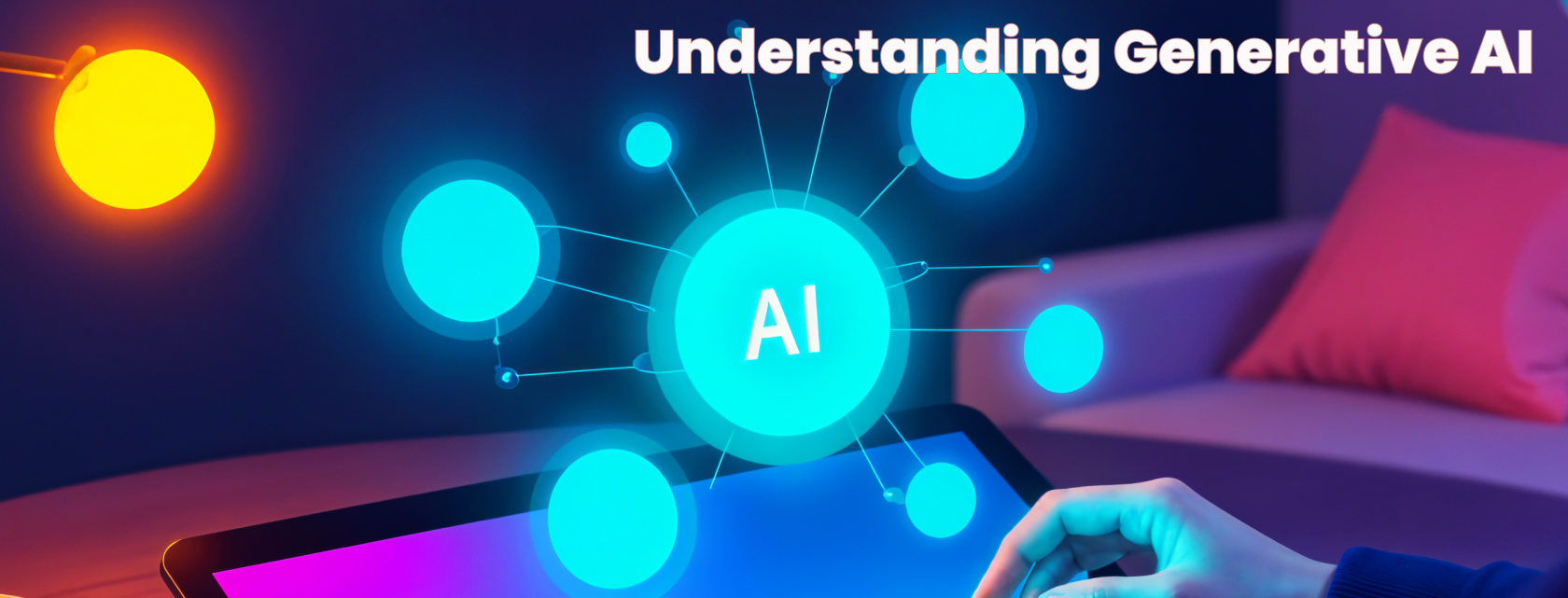
Generative AI refers to systems capable of creating original content text, images, code, music, and even video based on patterns learned from massive datasets. Unlike traditional AI, which classifies or predicts, generative AI creates.
Modern large language models (LLMs) like GPT-4, Claude, and Gemini use billions of parameters to simulate human-like reasoning and creativity. These systems don’t just process language; they understand context, tone, and intent, enabling them to generate high-quality essays, creative writing, and technical documentation.
The power of generative AI lies in its ability to bridge the gap between automation and human creativity. That’s why sectors like education are embracing it so rapidly not to replace teachers or students, but to amplify their potential.
The Current Landscape: Generative AI in Education
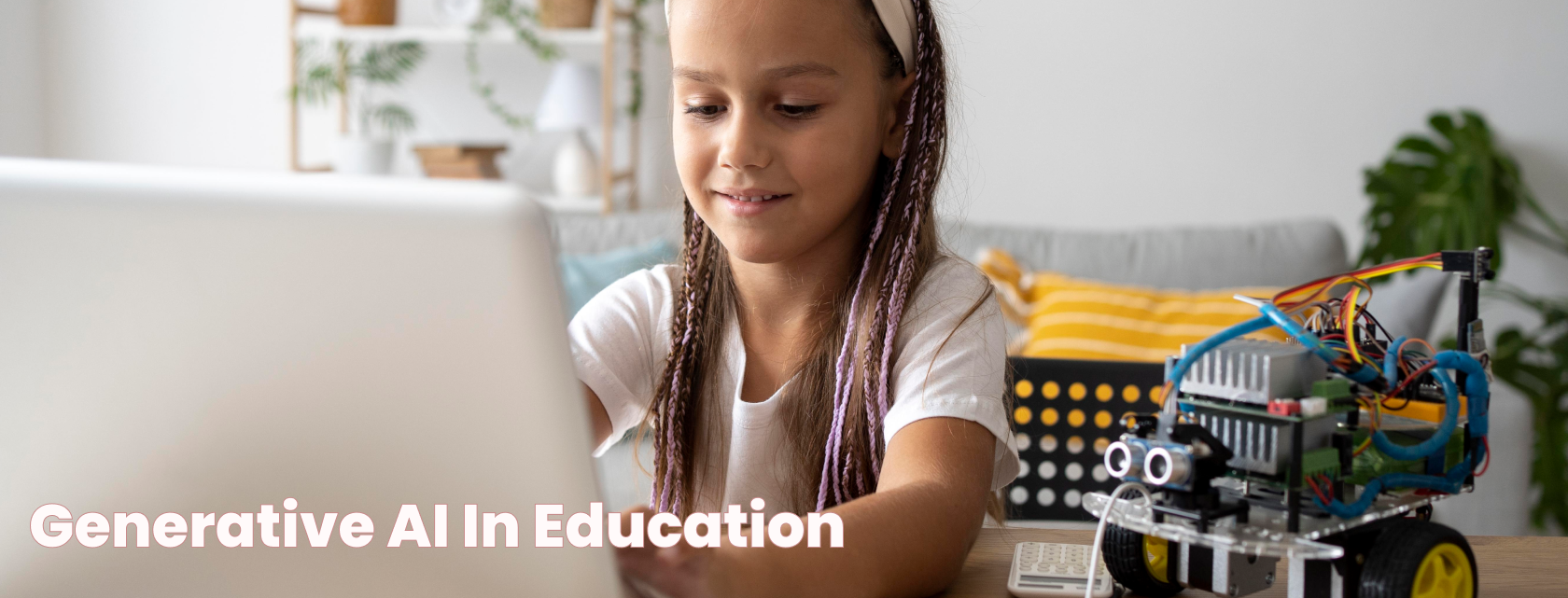
Education is one of the fields most profoundly impacted by generative AI. In classrooms and universities, AI is already:
- Assisting teachers with lesson planning and curriculum design.
- Supporting students through AI tutoring systems.
- Evaluating written work using AI graders and college essay graders.
- Detecting plagiarism and ensuring. originality via AI paper checkers.
- Providing real-time writing suggestions and feedback.
The use of an AI grader isn’t just about saving time; it’s about providing consistent, bias-free evaluation and meaningful feedback. For example, while one teacher may overlook grammar errors to focus on argument quality, another may prioritize structure. AI ensures every student receives fair, data-driven evaluation.
These innovations are not about replacing educators they’re about enhancing precision, fairness, and personalization in learning.
The Evolution of AI Grading: From Rule-Based to Generative Models
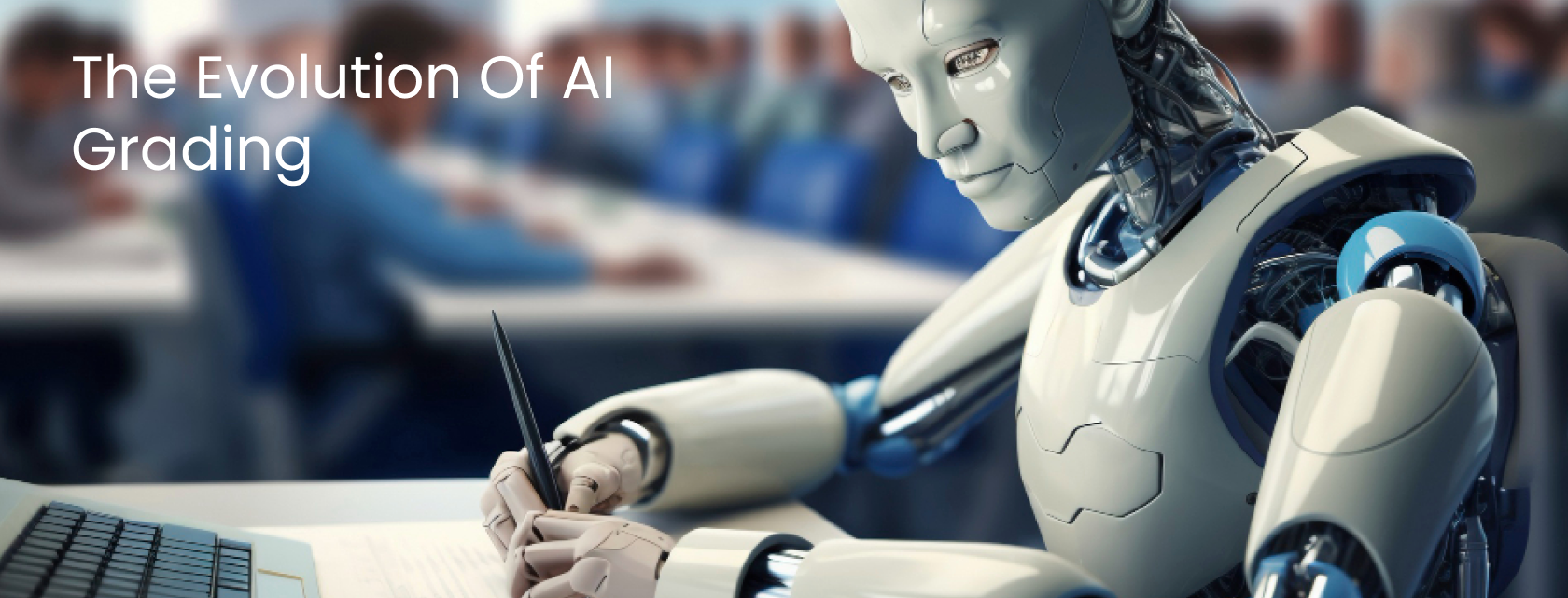
The concept of AI grading isn’t new. Early paper graders and essay graders relied on keyword density, sentence length, and grammar rules. While functional, they lacked true comprehension.
The latest generation of AI graders leverage generative models that understand semantic meaning not just syntax. These systems evaluate logic, coherence, and creativity in writing. For instance, an AI grader can distinguish between a persuasive and an expository essay, then tailor its feedback accordingly.
Modern systems integrate multiple AI components:
- Natural Language Understanding (NLU): Interprets meaning and argument flow.
- Sentiment Analysis: Detects tone, clarity, and intent.
- Generative Feedback: Produces human-like, constructive responses.
This combination allows AI to provide nuanced insights not just marks much like a real educator. A college essay grader, for example, might highlight where an argument lacks evidence or suggest ways to strengthen thesis clarity, using natural language that feels conversational rather than robotic.
How Generative AI Is Transforming Student Assessment
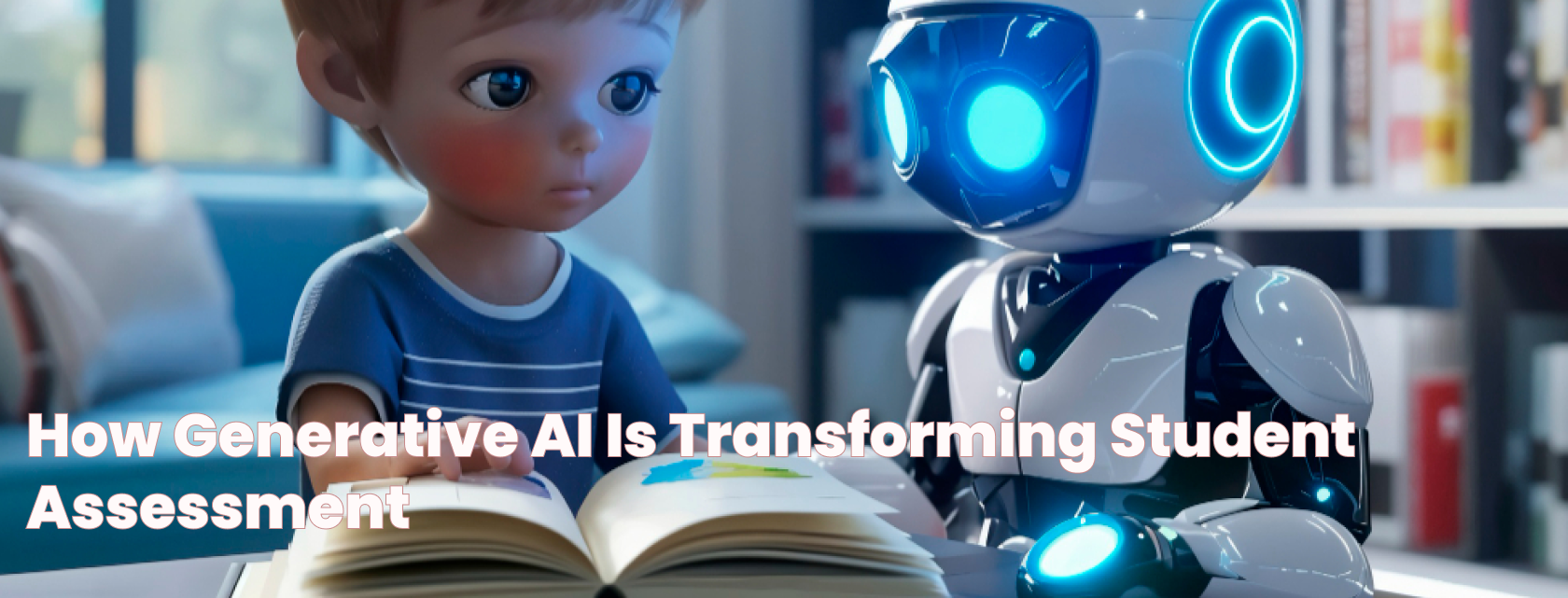
The integration of generative AI into assessment has created a paradigm shift. Instead of static grading systems, we now have interactive evaluation models that both assess and teach.
Imagine a student uploading a research paper. The AI grader:
- Analyzes the argument structure and coherence.
- Detects factual inconsistencies or weak citations.
- Generates personalized feedback such as “Your analysis of climate data is solid, but consider contrasting global vs. regional trends.”
- Suggests additional readings or resources.
The result is a learning experience that’s instant, adaptive, and continuous. Unlike traditional grading, which ends when a grade is given, generative feedback fosters iterative improvement students learn through every submission.
The same concept applies to paper checkers and paper graders, which can evaluate technical papers, lab reports, and research essays with remarkable consistency.
The Broader Impact: From Classrooms to Enterprises
While education remains the primary beneficiary of AI grading, generative AI’s influence extends far beyond. Corporate training, publishing, and even government testing programs are exploring AI grading engines to ensure large-scale consistency.
Consider corporate learning platforms that assess employee reports or customer communication training. A paper checker powered by generative AI can instantly evaluate writing tone, professionalism, and structure at scale.
Universities are using college essay graders not only for admissions essays but also to benchmark academic writing standards across departments. These tools reduce human workload while maintaining fairness and transparency.
In short, AI graders are becoming part of the broader ecosystem of generative learning one that blends creation, evaluation, and feedback into a seamless cycle.
The Technological Foundations Driving the Future
The future of generative AI will depend on four major technological pillars:
1. Larger and Smarter Language Models
We’ll see models that understand context across entire documents, not just paragraphs. These LLMs will support multimodal inputs analyzing text, visuals, and voice together. An AI grader, for example, might soon evaluate video presentations as easily as written essays.
2. Edge AI and On-Device Learning
As AI models become more efficient, grading tools may no longer require cloud access. A paper grader could run locally on a teacher’s tablet, preserving student privacy while delivering instant feedback offline.
3. Federated and Ethical Data Learning
Privacy and fairness are central to education. Federated learning training models without moving sensitive student data will allow AI graders to learn from global insights while keeping user data secure.
4. Customizable AI Models
Future systems will allow schools and universities to train AI graders based on their own rubrics and criteria. Instead of a one-size-fits-all model, institutions could deploy localized AI graders that reflect specific learning standards.
Ethical and Educational Challenges Ahead
With opportunity comes responsibility. As generative AI becomes embedded in learning, several ethical and pedagogical questions emerge:
- Bias and Fairness: AI systems learn from data, and data can reflect bias. An unbalanced dataset could skew grading results. Developers must ensure inclusivity and transparency.
- Over-Reliance on Automation: If students depend too heavily on AI feedback, they risk losing critical thinking and revision skills. The key is balance AI as a mentor, not a crutch.
- Data Privacy: AI graders, paper checkers, and essay graders must handle sensitive student data responsibly. Encryption, anonymization, and on-device processing will be vital.
- Accountability: Who’s responsible if an AI grader makes an error? Clear human oversight must remain in place to validate automated results.
The future of generative AI in education hinges on ethical governance ensuring technology serves humanity, not the other way around.
How Generative AI Will Redefine the Role of Teachers
Contrary to fears of replacement, teachers are poised to benefit immensely. Generative AI will take over repetitive, time-consuming tasks grading essays, checking plagiarism, formatting reports freeing educators to focus on mentorship, creativity, and personalized learning.
AI graders and essay graders can evaluate large volumes of work instantly, while teachers interpret the results and provide emotional or contextual guidance. This partnership allows educators to scale compassion and insight without burning out.
In the near future, we might see AI teaching assistants that:
- Prepare lesson summaries.
- Generate quiz questions from lectures.
- Assess short answers automatically.
- Suggest differentiated learning materials.
Generative AI thus becomes a co-teacher analytical, tireless, and ever-learning.
Generative AI Beyond Text: The Rise of Multimodal Learning
The next frontier for generative AI is multimodal learning, where AI understands not just words, but visuals, gestures, and voice.
Imagine a paper checker that also evaluates accompanying diagrams, or a college essay grader that reviews a student’s presentation slides and speech delivery. This convergence will make AI a holistic evaluator of communication not just writing.
Moreover, generative AI will soon generate personalized multimedia lessons. For instance:
- Create videos explaining a concept based on where the student struggled.
- Provide visual breakdowns of written feedback.
- Generate quizzes or writing prompts based on a student’s previous mistakes.
This feedback loop where AI learns from each interaction represents the ultimate vision of adaptive education.
The Business Perspective: Why Institutions Are Investing in AI Graders
Educational institutions and EdTech companies are embracing AI graders for several strategic reasons:
- Scalability: They can process thousands of submissions per day without fatigue.
- Cost Efficiency: Reduces labor costs and time spent on manual assessment.
- Transparency: Every grading decision can be backed by traceable logic.
- Continuous Improvement: AI models learn from each evaluation, enhancing precision over time.
- Student Satisfaction: Instant feedback increases engagement and reduces anxiety.
By combining paper graders and essay graders with analytics dashboards, schools can track student progress over time, identify learning gaps, and implement targeted interventions.
The Future Outlook: From Tools to Collaborators
In the coming decade, generative AI will move from being a tool to becoming a collaborator.
We’ll likely see:
- Personalized AI tutors trained on individual learning histories.
- AI graders that adapt tone and depth based on student maturity.
- Collaborative AI systems that generate peer-review prompts and group discussion topics.
Rather than replacing the human element, AI will extend it, turning every student interaction into data for better, more empathetic learning experiences.
Generative AI won’t just evaluate knowledge; it will shape it,continuously adapting, explaining, and improving the way we learn.
Real-World Examples: How Generative AI Is Already Shaping Learning
The future of generative AI isn’t theoretical, it’s happening now. Across schools, universities, and EdTech startups, institutions are integrating generative tools to enhance both teaching and assessment.
Smart Feedback Systems
In several universities, AI graders are now embedded in digital learning management systems. When students upload assignments, the grader provides feedback on structure, grammar, argument strength, and even originality. This instant feedback helps learners correct mistakes before final submission, encouraging formative learning rather than one-time evaluation.
Educators at these institutions report that AI-assisted grading improves student engagement not because grades are faster, but because feedback feels actionable and personalized.
Generative Writing Assistants
Students increasingly rely on AI writing assistants for brainstorming and editing. However, the challenge has always been ensuring academic integrity. To balance innovation with honesty, universities are implementing AI paper checkers that detect generative writing patterns. These tools don’t just flag potential AI-generated content they provide transparency about writing style, originality, and argument depth.
Automated Essay Evaluation
The modern essay grader does far more than check grammar. Advanced systems evaluate logical flow, evidence quality, and argument clarity. For example, a college essay grader might assess tone consistency, narrative strength, and coherence with the essay prompt. This multidimensional evaluation mimics human grading more closely than any algorithm of the past decade.
In fact, research shows that AI graders can now achieve scoring consistency levels equal to or exceeding human raters, especially when trained on diverse writing samples. This consistency helps reduce bias and ensures fair treatment across demographics, languages, and backgrounds.
Generative AI and the Democratization of Education
Perhaps the most powerful aspect of generative AI is its potential to make quality education accessible to all.
In traditional systems, personalized feedback was a privilege available mainly to students at well-funded schools. But AI graders and paper graders make individualized evaluation scalable and affordable.
Leveling the Playing Field
A student in a remote region can now upload an essay and receive expert-level feedback instantly. This kind of access empowers self-learners, adult learners, and those preparing for exams without institutional support.
24/7 Learning Support
Generative AI doesn’t need rest. Tools like AI essay graders and paper checkers operate around the clock, providing continuous learning opportunities. Students no longer have to wait days or weeks for feedback; they can refine their writing in real time.
Multilingual and Inclusive Learning
As models become multilingual, AI graders will be able to evaluate and translate feedback across dozens of languages. This inclusivity breaks down linguistic barriers and makes global education more equitable.
The Convergence of Human and Artificial Intelligence
In the coming decade, the most successful education systems will not be those that rely solely on humans or machines, but those that create collaboration between them.
Teachers bring empathy, intuition, and moral judgment qualities that no algorithm can replicate. AI brings scale, speed, and analytical precision. Together, they can redefine what “learning outcomes” mean.
Co-Teaching With AI
Future classrooms may have AI graders handling mechanical evaluation, while teachers interpret results, mentor students, and focus on creativity, empathy, and ethics. This hybrid model transforms the teacher’s role from examiner to guide.
Continuous Learning for Educators
Generative AI also helps educators improve. Teachers can use essay graders to analyze trends in student performance identifying which topics or writing skills need more attention. Over time, the Artificial Intelligence becomes a diagnostic partner, spotting systemic gaps in learning long before standardized tests do.
Beyond Writing
The same principles driving paper graders will expand to visual arts, coding, and multimedia communication. Imagine an AI that can assess not only written arguments but also the structure of a software program or the narrative strength of a video presentation.
Challenges on the Horizon: Regulation, Transparency, and Trust
Despite the optimism, the road ahead for generative AI is not without challenges.
Regulatory Oversight
Governments and educational bodies will need to establish clear guidelines on AI grading. Policies must define acceptable levels of automation, privacy standards, and student consent frameworks.
Algorithmic Transparency
Students and teachers should understand how a grade is generated. If an AI grader marks an essay lower than expected, users should have access to a transparent explanation of the scoring process. This “explainable AI” approach builds trust and accountability.
Data Ethics
Every paper checker or essay grader relies on data. Institutions must ensure that this data is anonymized, secure, and ethically sourced. The goal is to make AI fair, not invasive.
Human Oversight
Even the most advanced college essay grader must operate under human supervision. AI can assist, but educators must remain the final arbiters of learning.
Looking 10 Years Ahead: The Vision for Generative AI
By 2035, generative AI will likely be as fundamental to education as the internet is today. Students will use AI not only to learn from but to learn with.
AI as a Collaborative Partner
Imagine an AI that evolves alongside a student learning their style, preferences, and weaknesses. It becomes a personalized mentor, recommending resources, adjusting writing prompts, and even challenging assumptions.
Global Knowledge Networks
AI graders could feed anonymized, aggregated data into global education networks revealing how writing styles, logic, and creativity differ across cultures. This insight could help policymakers and educators design curricula that celebrate diversity rather than uniformity.
The Ethical Horizon
Ethical generative AI will require not just regulation but also education about AI itself. Students should be taught how AI works, where it fails, and how to use it responsibly. In other words, literacy in AI will be as essential as literacy in language.
Conclusion: A Human-Centered Future
The future of generative AI isn’t about machines outsmarting humans it’s about humans augmenting their abilities through intelligent systems. Tools like AI graders, college essay graders, paper checkers, and essay graders will play a crucial role in democratizing education by ensuring fair access to high-quality feedback.
But as we look forward, we must remain intentional. The true promise of generative AI lies not in automation, but in amplification giving teachers more time to inspire, and students more chances to grow.
As long as we design with ethics, empathy, and inclusivity, generative AI will continue to push education and humanity toward a smarter, more connected future.
Frequently Asked Questions
Generative AI refers to artificial intelligence systems capable of creating new content — such as text, images, music, and even code based on patterns learned from existing data. Tools like ChatGPT, DALL·E, and others use this technology to produce original material that resembles human creativity.
Generative AI will personalize learning experiences, automate grading through tools like AI graders and essay graders, and provide real-time feedback. It will allow educators to spend more time mentoring and less time on administrative tasks.
Generative AI enhances productivity, accelerates innovation, and democratizes access to creativity. From AI paper checkers in classrooms to AI-driven design tools, it helps individuals and organizations achieve more with fewer resources.
No ,generative AI augments creativity rather than replacing it. It helps artists, writers, and educators brainstorm ideas faster and refine their output. Human judgment, emotion, and originality remain irreplaceable components of creativity.
Key concerns include data bias, misinformation, plagiarism, and privacy. For instance, AI paper graders or content generation tools must be used responsibly to maintain transparency and fairness in education and publishing.
Generative AI is creating new roles in AI ethics, prompt engineering, and creative strategy while automating repetitive tasks. Professionals who learn to collaborate with AI will remain in high demand.
Generative AI relies on deep learning models such as transformer architectures (like GPT or BERT), large language models (LLMs), and diffusion models for image generation. These systems use vast datasets to learn linguistic, visual, or behavioral patterns.
AI-powered evaluation systems including college essay grader will make assessment more objective and scalable. They’ll deliver instant, data-driven insights that help both teachers and students improve performance.
Nearly all sectors will benefit including education, marketing, healthcare, entertainment, and software development. In education, AI essay graders and personalized tutors will enhance learning outcomes; in business, AI-generated content will streamline marketing and communication.
